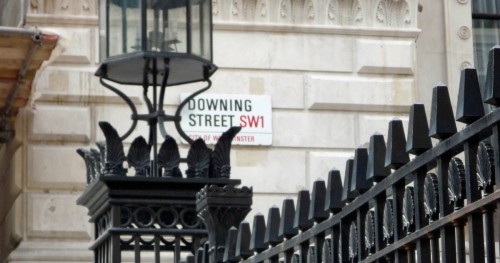How to write your invoice

They are the staple document for one-person businesses, but with only a few universal rules about what they should state, the monthly invoice can be an elusive art for new freelancers to master.
That’s not to suggest that the invoice, a commercial document that shows a client the service they were provided - and its resulting cost, is, or ever should be, “sexy.”
So says digital freelancer Jim Callender, who rates a simple structure - contact details at the top, before description of services/expenses and financial totals, as the key to most invoices.
Typed in MS Word with a legible font and size, like Times New Roman 12, he said this three-tier invoice should succeed in causing “no confusion as to what the buyer is paying for.”
Each invoice should have a unique number in the header, commonly prefixed by the client’s name, such as ‘SKY123’, which can be used as a future reference for both parties (this is mandatory for the VAT-registered).
Like contact details, this unique reference is vital if the client is a large outfit, where a finance or payroll manager is more likely to process the invoice than the freelancer’s client contact.
Freelancers who ensure that their reference systems, and the type of document used for their invoice, are standardised and universal can avoid headache in the future.
“When I first started invoicing clients,” Callender recalled, “I had no standardised documents which made organising my finances quite messy, and when coming to year-end its quicker to have all the invoices in the same layout and format.”
“Get these organised from the start to save yourself time. Why not let a tool like FreeAgent take care of this for you?”
The online service lets users send and track invoices from an on-screen control panel, and automatically calculates the author’s relevant tax payments, such as VAT.
The amounf of VAT owed is often the penultimate sum freelancers insert into the numerical section of their invoice, which typically appears after a description of their services/ expenses.
So, in descending order, a conventional layout in this third and concluding tier of the invoice would be:
* The gross amount due
* The subtotal of all the services
* The VAT amount (if VAT registered)
* The total amount due
Below the total amount, freelancers often specify how they would like to receive payment, sometimes reminding it should be made within 15 or 30 days, and to whom.
For example, some freelancers write “please make cheques payable to ‘ABC Supplier Ltd,’” or “please pay direct to” a specific bank, account name, number and sort code.
“[Also] find out how they want to be invoiced,” advised Callender, the managing director of Callender Creates, a Brighton-based Web design company.
“Some [clients] will request a paper copy. I usually send by PDF to speed processing up at the client end. I also can be sure no parts of the invoice can be amended in PDF compared to Word format.”
At the footer of the invoice, some freelancers may wish to include their company’s registration number, but the only regulatory details actually required are company name, registered/business office and VAT number (-if appropriate).
Business Link has advice for freelancers on what to write on their invoices if their buyer/recipient of the invoice is VAT-registered and living in another EU country. , Some freelancers also put a link to the terms and conditions of their service on their invoice to help it “look more official,” though this is not required by law.Callender also said there’s no harm in spelling out on an invoice all of the payment methods a freelancer could potentially accept, leaving “no excuse for them [not] paying…on time.”
In fact, the biggest complaint freelancers make about their invoices is that they are paid too late, says John Kell, policy officer for the PCG, the freelance trade group.
“The consensus on our forums seems to be that the biggest mistake you can make is to let any sort of lateness slide;” he said, “it should be pursued vigorously with the agency, or the client if working direct.”
To help with cash flow, the PCG advised that freelancers should send out their invoices promptly and chase any outstanding payments vigorously, ensuring they take and date notes of conversations.
Invoices, the group said, should be sufficiently clear and detailed, and reflect the terms of the freelancer’s contract, “so that the client does not have any reason to query the invoice or delay or withhold payment.”
And once payment is received, freelancers’ invoice etiquette is not over until the next month: always keep copies and ensure any separately documented expenses are filed alongside.
“Then keep them safe for at least five years,” recommended Rona Levin, a freelance PR and marketing specialist, pointing to her own experience.
“I was once overpaid £2500 by a public sector client, and obviously immediately spotted it, told them and repaid the money. A simple matter and end of story, or so I thought,” she said.
“Some three years later, external auditors were checking through their books, spotted this error and asked me for evidence that I'd repaid the money. Although I remembered doing so, no matter how long I searched I couldn't find the evidence in my bank statements, or a receipt.
“I thankfully eventually remembered it was around that time that I'd changed banks and, fortunately for me, after more digging around in files I'd stashed away elsewhere, I managed to find my cheque-book stub proving the repayment.”
As one-person businesses, freelancers must be “scrupulous” in keeping invoices for tax and businesses purposes, as future requests to see them can come from parties other than the client.
Ms Levin hinted it would be provocative to use an invoice to alert the client to the late payment legislation, a move which “could put people’s backs up”, so, she warned; “only do so as a last resort.”



Comment
Log in or create your account to react to the article.